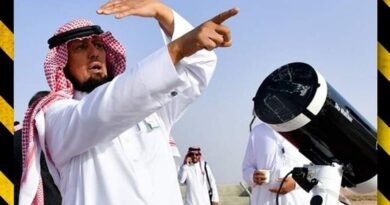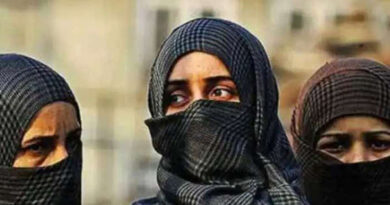Taliban leader Baradar’s message after clash looked like hostage video: Report
The vacuum at the highest after clashes between factions led by Mullah Baradar and Khalil Haqqani earlier this month has allowed for arguments between the Taliban factions – something which wasn’t seen during their earlier rule 20 years ago, UK-based magazine The Spectator reported.
A power struggle within the Taliban has badly hurt two key players – deputy prime minister Mullah Baradar and therefore the group’s leader Haibatullah Akhundzada – UK-based magazine The Spectator reported on Monday. It cited the recent clash during the govt formation talks between Baradar faction and therefore the Haqqani network to mention that the previous emerged because the “principal loser”.
The chief of Pakistan’s Directorate for Inter-Services Intelligence (ISI) also threw his weight behind the Haqqanis, ensuring that each one of the key positions visited Pakistani loyalists, principally from the hardline Haqqani network, The Spectator reported.
The clashes in early September saw “furniture also as large thermos flasks filled with hot green thrown around”, said The Spectator. At one point during the meeting, Haqqani network leader Khalil-ul-Rahman Haqqani rose from his chair and commenced punching Baradar, The Spectator report said. Baradar had pushed for an “inclusive” cabinet that included non-Taliban leaders and ethnic minorities, which might be more acceptable to the remainder of the planet .
He disappeared for a short time after the clashes and resurfaced in Kandahar. He held a gathering of tribal leaders who are supporting him, but was also forced to release a video message on the state-run TV network controlled by the Taliban. The message “looked sort of a hostage video”, The Spectator reported.
On Akhundzada, the publication reported that his whereabouts aren’t known. “He has not been seen or heard from for a few time, and there are many rumours that he’s dead,” reported The Spectator.
This vacuum at the highest has allowed for arguments between the Taliban factions – something which wasn’t seen during their earlier rule 20 years ago, the report further said.
The Taliban and Haqqani groups merged around 2016.
Baradar and people involved in Doha talks were trying to project a moderate image of the Taliban, but Haqqanis have praised suicide attacks. Khalil Haqqani, Afghanistan’s minister of refugees, is on the United Nations sanctions list and has been linked to its military operations.
The Haqqanis are deeply embedded into Pakistan’s security apparatus and take their name from the Darul Uloom Haqqania madrassa near Islamabad.


